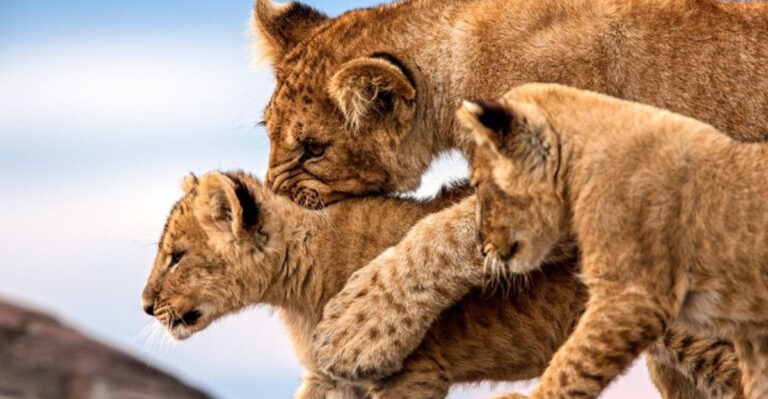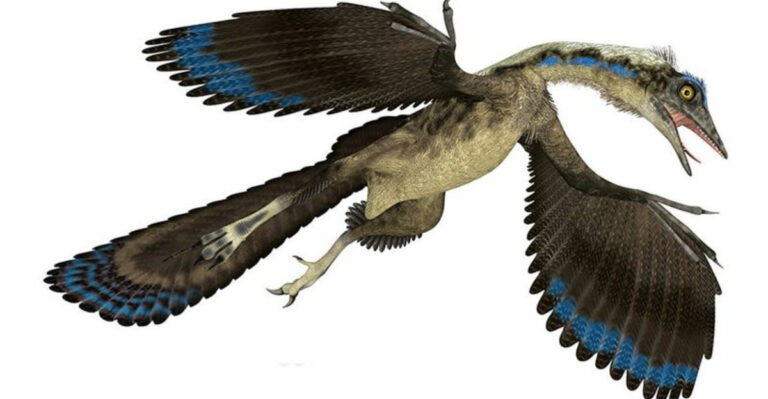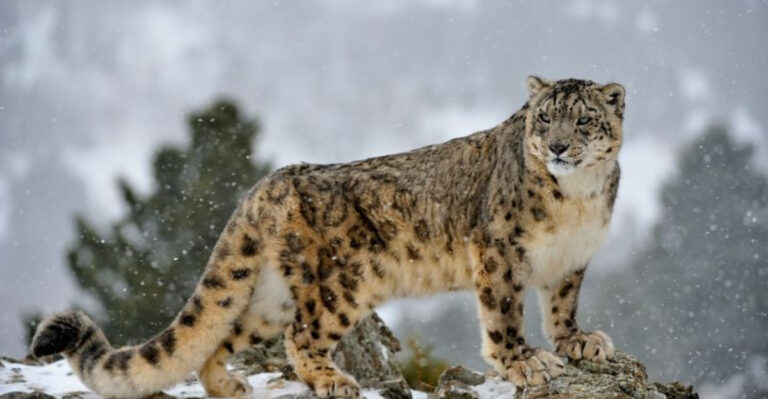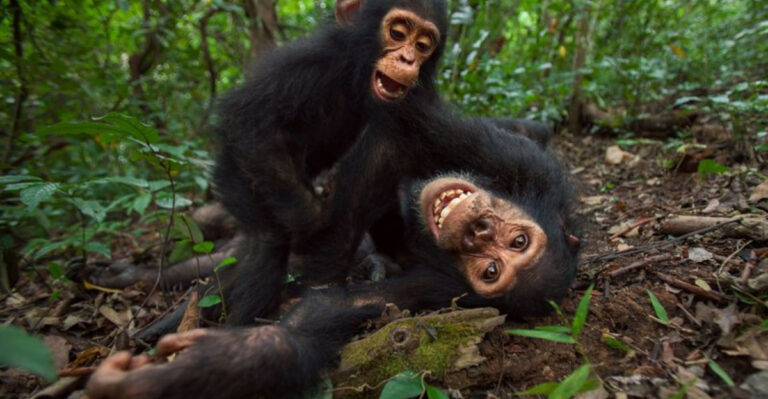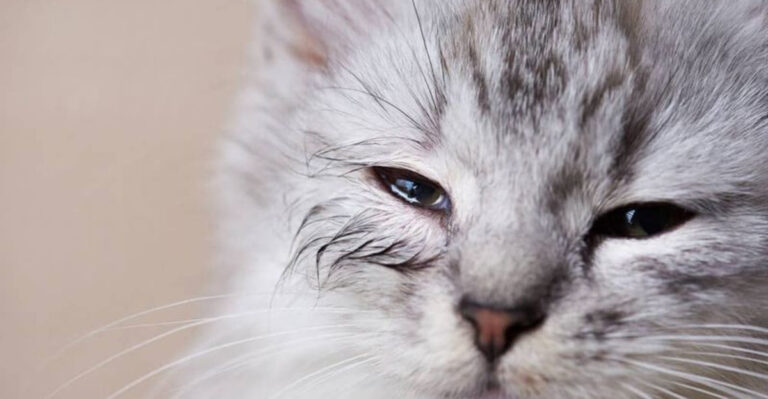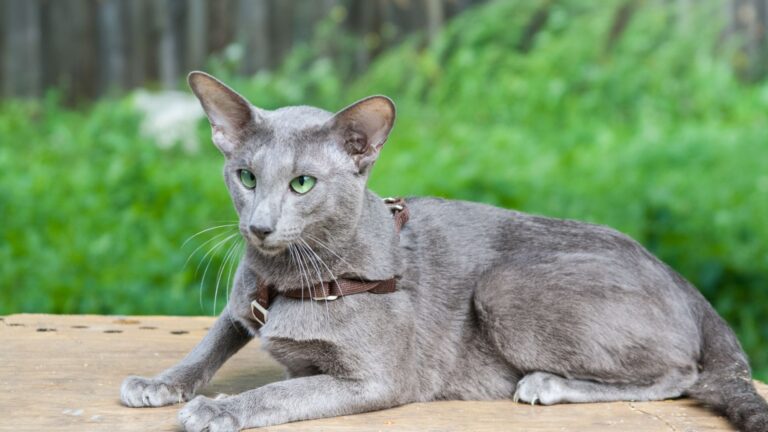Ways Captive Breeding Programs Are Rescuing The Black-Footed Ferret
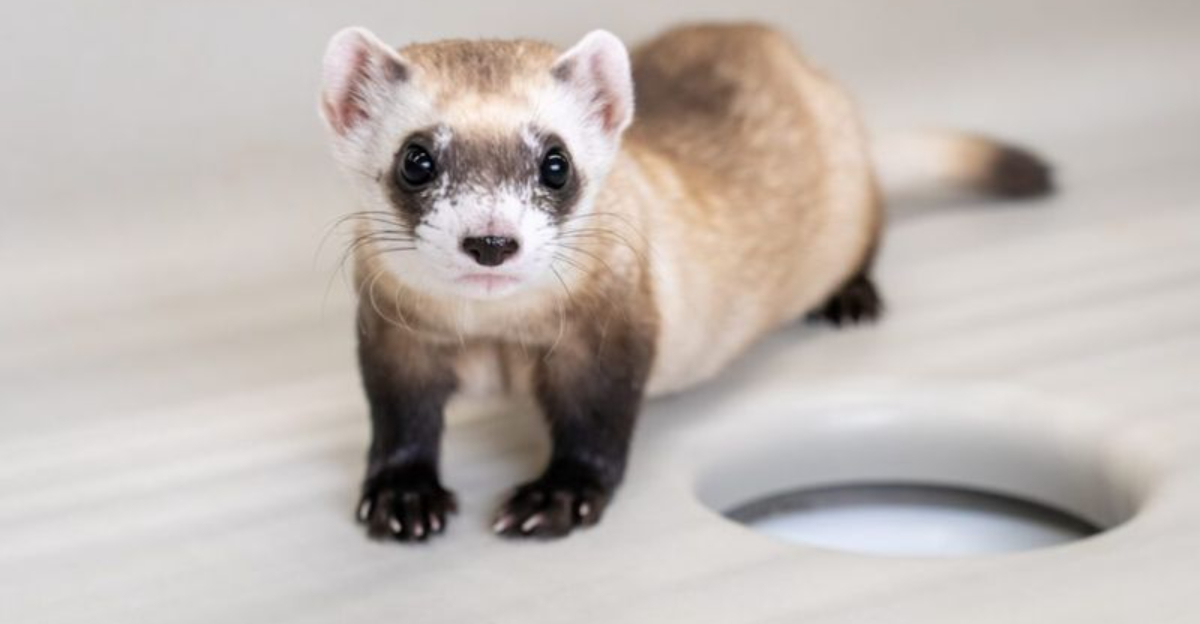
Black-footed ferrets once teetered on the brink of extinction, with just 18 individuals remaining in the wild during the 1980s.
These sleek, masked mammals – North America’s only native ferret species – faced devastating threats from disease and habitat loss.
Today, thanks to extraordinary captive breeding efforts, these endangered animals are making a remarkable comeback, offering hope for one of the most successful wildlife recovery stories in modern conservation history.
1. Genetic Diversity Preservation
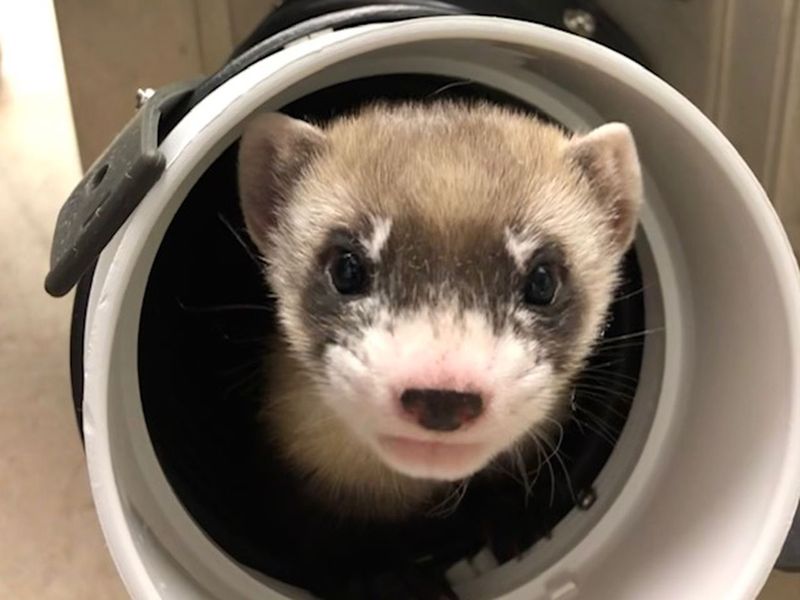
Scientists collect and freeze black-footed ferret sperm and eggs to maintain genetic material from different bloodlines. This genetic bank ensures valuable DNA isn’t lost forever, even if individual ferrets die.
The frozen material can be used decades later to introduce diversity back into the population. Without this approach, dangerous inbreeding would occur since all modern black-footed ferrets descend from just seven ancestors.
Special software tracks each ferret’s genetic makeup, helping scientists make smart breeding matches that strengthen the species’ genetic health for generations to come.
2. Artificial Insemination Breakthroughs
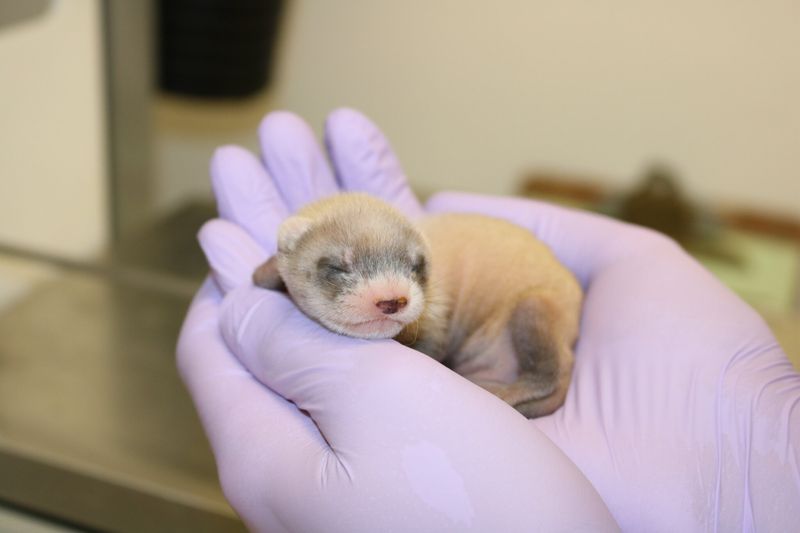
Revolutionary techniques using decades-old frozen sperm have successfully produced ferret kits, boosting genetic diversity dramatically. In 2020, Elizabeth Ann made history as the first cloned black-footed ferret, created from cells preserved 30 years earlier.
These advanced reproductive methods allow genes from long-dead ferrets to strengthen today’s population. Scientists carefully time these procedures with female ferrets’ extremely short breeding window – just 3 days per year!
Each successful birth represents a triumph of patience and precision, with specialized veterinarians working around the clock during breeding season.
3. Prairie Dog Management Strategies
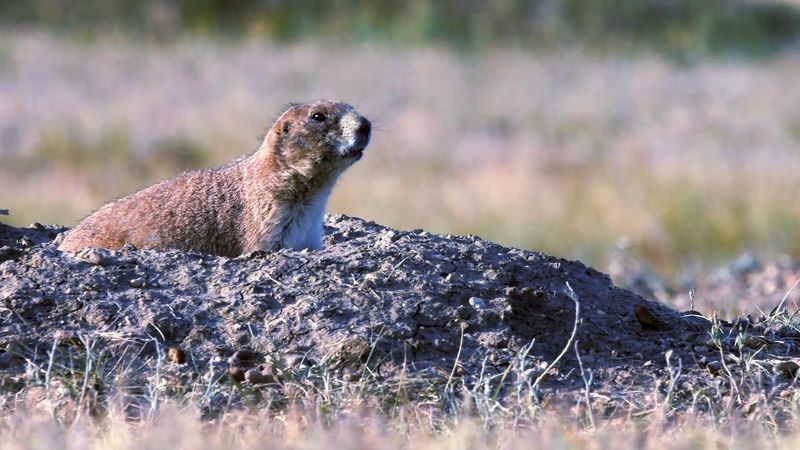
Prairie dogs make up 90% of a black-footed ferret’s diet, making them essential for successful reintroductions. Captive breeding facilities maintain prairie dog colonies to teach young ferrets natural hunting behaviors before release.
Conservation teams work with ranchers to protect prairie dog towns on private lands through financial incentives. These collaborative approaches help balance agricultural needs with ferret habitat requirements.
Some programs even relocate prairie dogs from conflict areas to create new ferret release sites, turning potential problems into conservation opportunities. This holistic ecosystem approach recognizes that saving ferrets means saving their food source too.
4. Disease Prevention Protocols
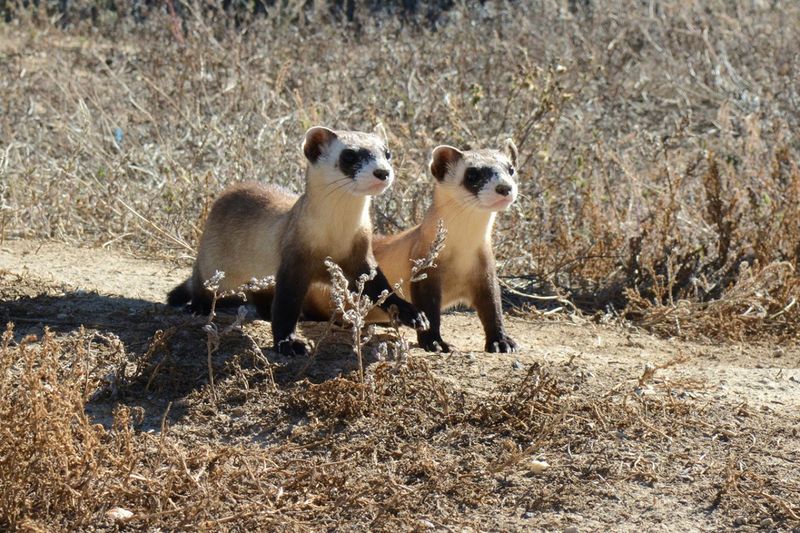
Sylvatic plague devastates both ferrets and their prairie dog prey, wiping out entire populations in days. Breeding facilities maintain strict quarantine procedures and regular health screenings to keep captive populations disease-free.
Innovative vaccine development has created oral baits for prairie dogs and injectable vaccines for ferrets. Field teams distribute vaccine-laced peanut butter treats throughout prairie dog towns, creating a disease firewall that protects both species.
Drones now deliver these vaccine-laden treats across vast landscapes, treating thousands of acres efficiently. This cutting-edge approach has dramatically increased survival rates in wild populations.
5. Pre-Release Training Programs
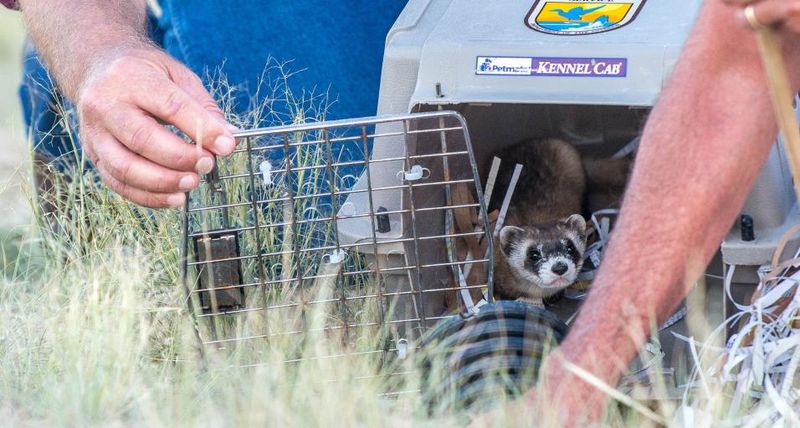
Captive-born ferrets must learn to hunt live prey before returning to the wild. Special training enclosures simulate natural burrow systems where ferrets practice stalking and capturing prairie dogs under careful observation.
Young kits spend time with experienced mother ferrets who teach crucial survival behaviors. This mentorship period is critical – ferrets raised without proper hunting experience have significantly lower survival rates after release.
Trainers gradually reduce human contact as release dates approach, helping ferrets develop appropriate wariness of predators. These sophisticated training protocols have increased first-year survival rates from under 20% to nearly 70% in some release areas.
6. Specialized Breeding Facilities

The National Black-Footed Ferret Conservation Center in Colorado serves as headquarters for recovery efforts, housing hundreds of ferrets in specialized enclosures. Six satellite breeding facilities across North America provide additional capacity and protection against catastrophic events like disease outbreaks.
These centers recreate natural conditions with temperature-controlled burrow systems and seasonal lighting changes. Staff minimize human contact by using special feeding chutes and remote monitoring cameras.
Behind-the-scenes areas house sophisticated veterinary clinics, research laboratories, and food preparation kitchens. Together, these facilities produce over 300 ferret kits annually for both captive breeding and wild release.
7. Wild Reintroduction Successes

From Wyoming’s Shirley Basin to South Dakota’s Badlands, reintroduction sites now span 30 locations across North America. Each carefully selected release area must contain sufficient prairie dog colonies and minimal human disturbance.
Released ferrets wear temporary radio collars allowing biologists to track their movements and survival. Spotlighting surveys – where researchers use the ferrets’ distinctive eye-shine to count them at night – help monitor population growth.
The most successful sites now have self-sustaining populations requiring no additional releases. These wild ferrets have begun reclaiming their ecological role as specialized predators, bringing balance back to prairie ecosystems that evolved with their presence.
8. Tribal Nation Partnerships
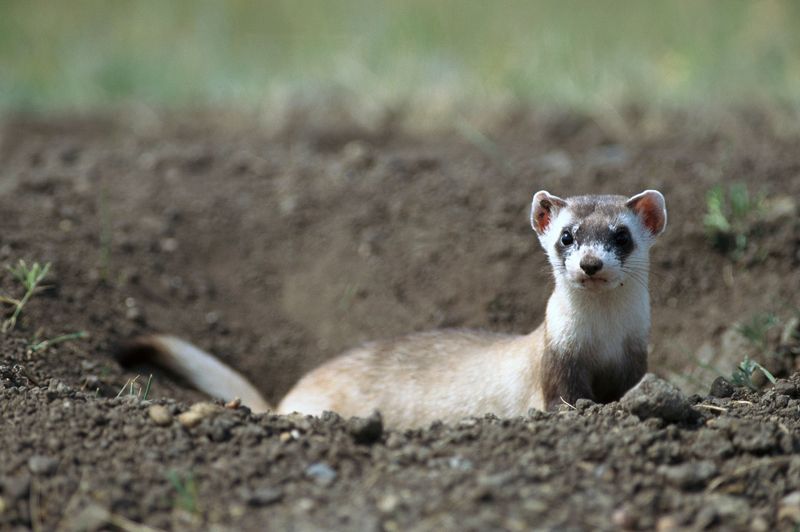
Native American reservations provide some of the most successful ferret reintroduction sites, with the Cheyenne River Sioux, Rosebud Sioux, and Lower Brule Sioux tribes leading conservation efforts. These partnerships honor the cultural significance of ferrets in tribal heritage while restoring ecological balance.
Tribal wildlife departments employ local members as ferret spotters and prairie dog managers. School programs on reservations educate young tribal members about their role in protecting this cultural and ecological treasure.
These collaborations represent a healing approach to conservation that respects indigenous knowledge and sovereignty. The ferret’s Lakota name – “pispiza itopta sapa” (black-footed prairie dog hunter) – lives on through these efforts.
9. Captive Diet Formulation
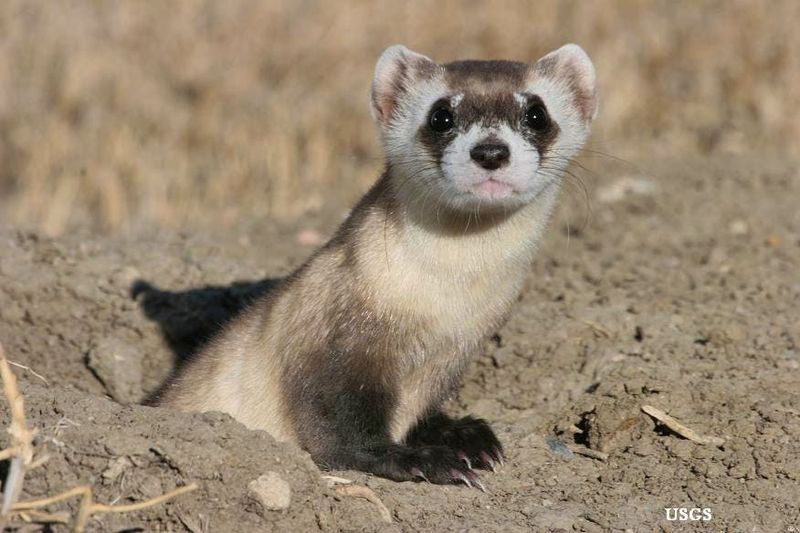
Nutritionists have developed specialized diets mimicking the nutrients found in wild ferrets’ natural prairie dog meals. Fresh meat forms the foundation, supplemented with specially formulated vitamins and minerals targeting ferret-specific health needs.
Pregnant and nursing females receive enhanced diets with additional protein and calcium. Young kits transition through carefully calibrated diet stages as they grow, preparing their digestive systems for wild foods.
Food preparation teams process thousands of pounds of meat weekly, following strict sanitation protocols. This nutritional precision has eliminated diet-related health issues that plagued early captive breeding attempts, resulting in stronger, healthier ferrets ready for wild release.
10. Public Education Campaigns
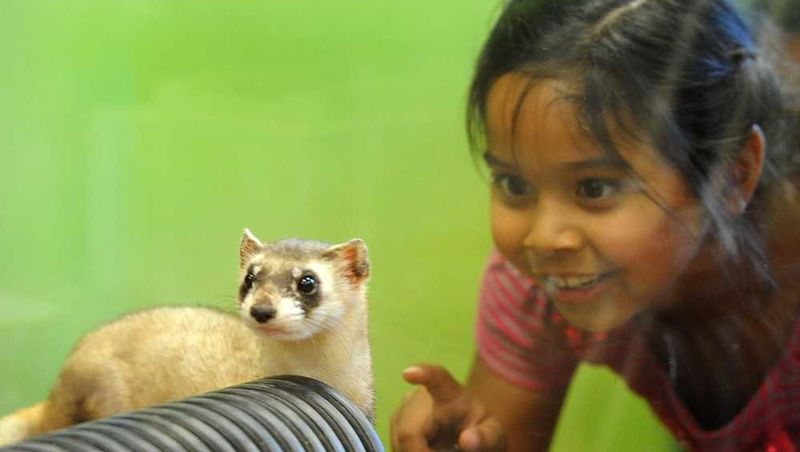
Live ferret webcams allow people worldwide to observe these rarely-seen animals, creating emotional connections with viewers. The “Adopt a Ferret” program lets supporters symbolically sponsor individual animals, generating crucial funding and public investment in recovery efforts.
Interactive museum exhibits and zoo partnerships bring ferret conservation stories to millions of visitors annually. School programs in communities near release sites build local pride and support for conservation efforts.
These education initiatives have transformed the black-footed ferret from an obscure endangered species to a beloved conservation icon. Increased public awareness has helped secure continued funding and political support essential for long-term recovery success.
11. International Recovery Team Collaboration

Scientists from the U.S., Canada, and Mexico meet regularly to coordinate recovery strategies across international boundaries. This trinational approach ensures consistent protocols and knowledge sharing between breeding facilities and release sites.
Annual workshops bring together experts in veterinary medicine, genetics, ecology, and animal husbandry. New research findings and technological innovations spread quickly through this collaborative network, accelerating recovery progress.
Graduate students and early-career scientists receive mentoring through these connections, building the next generation of conservation leaders. This model of international cooperation has become a blueprint for other endangered species recovery programs worldwide.
12. Advanced Monitoring Technologies

Microchip implants the size of rice grains help identify individual ferrets throughout their lives. These tiny transponders store each animal’s complete genetic history and medical records, accessible with a simple handheld scanner.
Remote camera traps placed near burrow entrances capture ferret activity without human disturbance. Artificial intelligence software now analyzes thousands of nighttime images, automatically identifying individual ferrets by their unique mask patterns.
GPS collars designed specifically for ferrets’ slender bodies track movement patterns and survival in the wild. These technological innovations have revolutionized monitoring capabilities, providing unprecedented insights into ferret behavior and population dynamics.
13. Climate Change Adaptation Planning
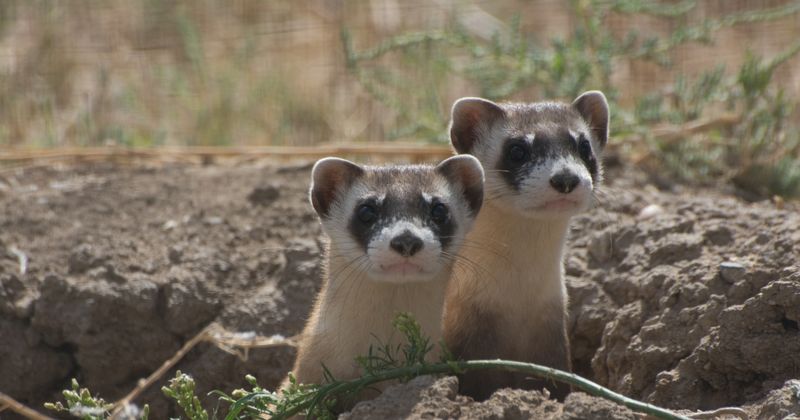
Forward-thinking conservationists are identifying potential “climate refugia” – areas predicted to maintain suitable conditions for ferrets despite warming temperatures. Computer modeling helps locate regions where prairie ecosystems might remain viable as climate patterns shift.
Seed banking of drought-resistant prairie plants ensures habitat restoration options for the future. Some breeding facilities now include climate-controlled areas that can simulate various temperature scenarios to study ferret adaptability.
Release sites increasingly incorporate climate resilience factors in their selection criteria. This proactive approach acknowledges that saving ferrets today requires planning for the environmental conditions they’ll face tomorrow.

